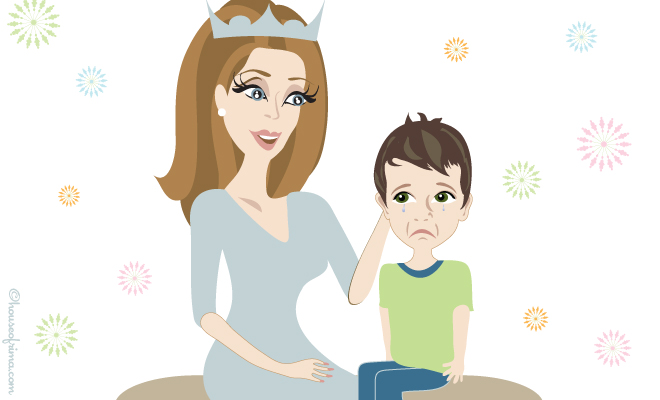“Setting an example is not the main means of influencing another, it is the only means.” – Albert Einstein
I decided to write this blog after Raymond Moon sent me this story:
“One time in a grocery store, I saw a mother hitting her young son. I told her that she shouldn’t. Oh, she was angry and frustrated! ‘You got a better solution?’ she said. I just hugged the child until the screaming stopped. I hugged the child through all the fist swinging and kicking and screaming until he wondered what was happening. In 5 minutes time he was talking to me and a few minutes more I had him laughing. Then he took his mom’s hand and was calm. It’s not magic; it’s just love and understanding. I was really worried about the child, for his future and for his mom’s serenity. I told her to gather her serenity before she disciplined the child and do it with love. I always ask my children, ‘Do you know how much I love you?’ I never hurt them physically. I don’t know if I’m right or not.”
In my opinion, Raymond is right, not wrong. But his story illustrates the ongoing debate in our country. Though spanking is outlawed in 38 nations, it is still allowed in the United States. The American Academy of Pediatrics is against spanking children under any circumstances, yet more than half of American parents think spanking is okay.
The long-term harmful effects of spanking have been documented in over 100 studies. “There is probably no other aspect of parenting and child behavior where the results are so consistent,” according to Professor Murray Straus, considered the foremost researcher in this field.
Though hitting a child might immediately stop an unwanted behavior, it increases the likelihood the child will be aggressive (hitting other children and their parents), and in adulthood (hitting dating or marital partners). After being spanked, children consistently report being afraid, sad and angry. Spanking breaks the bond of trust between child and parent. It slows mental and emotional development, damages self-esteem, and increases the chances for mental disorders, delinquency and difficulty in socialization.
The purpose of discipline is to teach children how to make better choices on their own. But the troubling lesson spanking teaches is that hitting is a solution to problems. It also makes children behave only under threat of punishment. In a recent study, “in 73 percent of the cases where there was corporal punishment, the child misbehaved again within 10 minutes.”
Children learn best in a positive, nurturing environment. Making better choices comes from self-esteem and confidence, not fear. More effective ways to alter unwanted behavior are:
- Discussion with your child (the why of what went wrong and how he/she might handle things better next time).
- Taking away privileges (you did not do your homework, so no TV time tonight).
- Sofa time/time-outs to calm down and create space for reflection.
We all lose our tempers, especially when we are tired and overworked—which is when most spanking takes place. But it’s never too late to make things right. If you have blown a fuse, take time to calm down before talking to your child. If you’ve already gone too far and spanked your child, don’t hesitate to be the best role model you can be: Apologize.
Better yet, make the no-spank promise. “If you are looking for a gift that will increase your child’s chances for a happy and healthful life, including a good job and violence-free marriage… it would be promising yourself never to spank. Better yet, tell your kids about that promise. It is likely to increase their respect and love for you, and they will also help you stick to it” – Professor Murray Straus.
Thank you, Raymond, for sharing your story, and to all my readers who’ve written in about this important subject.
Ciao,
Princess Ivana





